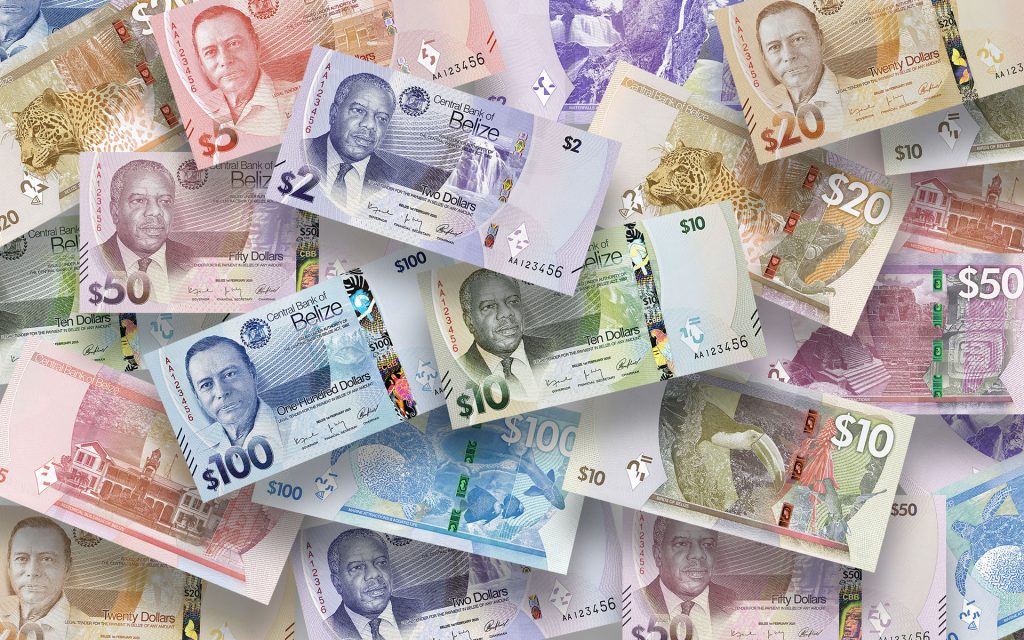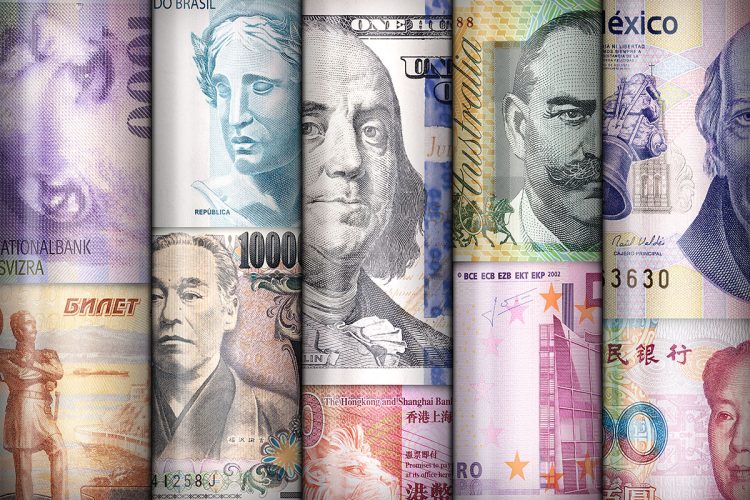Introduction: Money at a Crossroads
Money has always evolved alongside civilization. From shells and silver coins to paper notes and electronic transactions, its forms and functions have reflected the needs of economies and the technologies of their times. Today, humanity stands at another turning point: the rise of digital currencies and monetary innovations that may redefine how global finance operates.
The debate is not only about the replacement of physical cash but about the fundamental reconfiguration of trust, sovereignty, and power in the monetary system.
1. The Historical Evolution of Money
1.1 Barter to Commodity Money
- Early trade relied on direct exchange, limited by inefficiency.
- Precious metals became widely accepted stores of value.
1.2 Fiat Money and the Nation-State
- Governments centralized monetary systems, issuing paper currencies backed by state authority.
- The gold standard offered stability but limited flexibility, abandoned after the Great Depression.
1.3 Digitalization of Finance
- Credit cards, online banking, and mobile payment apps blurred the line between cash and data.
- Electronic money set the stage for today’s innovations.
2. Digital Currencies: A New Frontier
2.1 Cryptocurrencies
- Bitcoin (2009): Designed as decentralized money outside state control.
- Ethereum and others expanded into smart contracts and decentralized finance (DeFi).
- Volatility and scalability challenges limit mainstream adoption but showcase innovation.
2.2 Stablecoins
- Pegged to fiat currencies to reduce volatility.
- Used in cross-border transactions and digital settlements.
- Raise questions about regulation, reserves, and systemic risks.
2.3 Central Bank Digital Currencies (CBDCs)
- State-backed digital forms of fiat money.
- China’s e-CNY, Europe’s digital euro, and U.S. pilot projects.
- Aim to modernize payments, increase efficiency, and maintain monetary sovereignty.
3. Monetary Innovation Beyond Currency
3.1 Decentralized Finance (DeFi)
- Peer-to-peer lending, trading, and investment without banks.
- Disrupts traditional intermediaries but faces risks of fraud and instability.
3.2 Tokenization of Assets
- Real estate, art, and stocks represented as digital tokens.
- Enhances liquidity but requires new regulatory frameworks.
3.3 Programmable Money
- Smart contracts enabling conditional payments.
- Potential for automated tax collection, insurance payouts, and supply chain tracking.

4. Case Studies of Monetary Transformation
Case 1: China’s Digital Yuan
- First major power to roll out a CBDC at scale.
- Strengthens state control over payments and challenges dollar dominance.
Case 2: El Salvador and Bitcoin
- First country to adopt Bitcoin as legal tender.
- Experiment highlights risks of volatility but opens debates about financial inclusion.
Case 3: Africa’s Mobile Money Revolution
- M-Pesa in Kenya demonstrates how mobile-based money transforms economies.
- Showcases how innovation can leapfrog traditional banking systems.
5. Opportunities of Digital Currencies
- Financial Inclusion: Bringing the unbanked into the financial system.
- Efficiency: Faster, cheaper cross-border payments.
- Transparency: Blockchain-based traceability reduces fraud.
- Innovation Ecosystems: Stimulates fintech growth and global competition.
6. Risks and Challenges
- Regulatory Uncertainty: Governments struggle to keep pace with innovation.
- Cybersecurity Threats: Digital systems vulnerable to hacking.
- Privacy Concerns: State-backed CBDCs may increase surveillance.
- Monetary Fragmentation: Competing systems may undermine global stability.
7. The Future Scenarios of Money
Scenario 1: Digital Dollar and Multipolar Currencies
Dollar dominance continues but with strong competition from digital yuan and euro.
Scenario 2: Crypto Mainstreaming
Private cryptocurrencies become widely used, forcing states to adapt.
Scenario 3: CBDC World Order
Central banks issue interoperable digital currencies, reducing reliance on commercial banks.
Scenario 4: Fragmented Monetary Systems
Regional blocs adopt different standards, complicating global trade.
Conclusion: Toward a Hybrid Monetary Future
The future of money is unlikely to be purely digital or purely traditional. Instead, it will be hybrid: a coexistence of state-backed CBDCs, regulated private stablecoins, and innovative blockchain-based systems.
This transformation is not just technical but political and societal. It will redefine how nations exercise monetary power, how citizens interact with money, and how global finance balances efficiency, sovereignty, and trust.
Money, once tied to metal and paper, is becoming a digital architecture of value and governance. The next decades will reveal whether this architecture strengthens global finance—or fragments it further.
















































